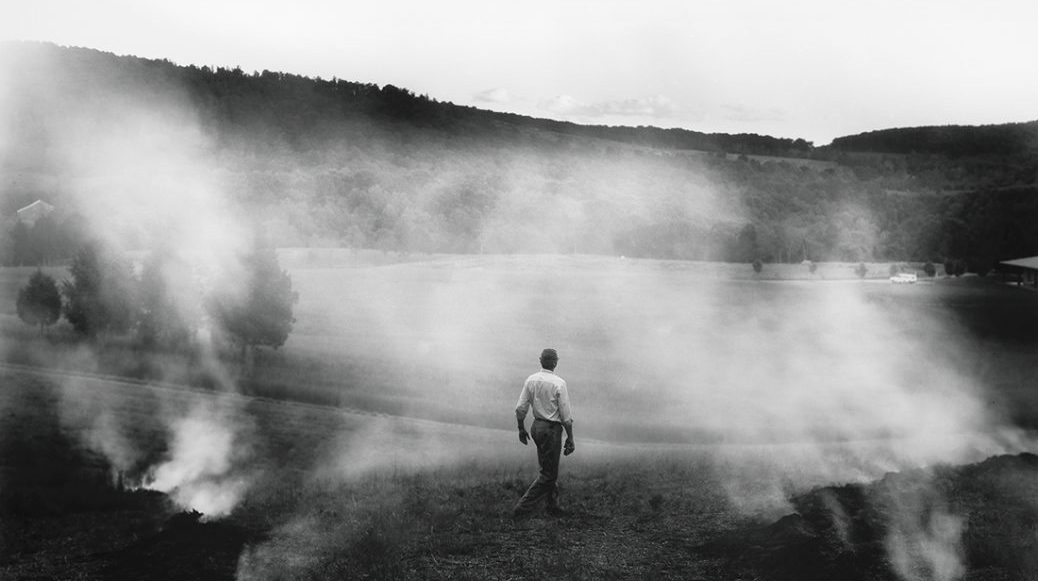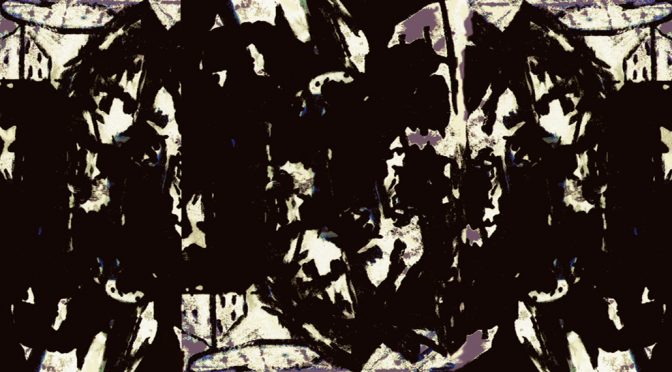
“A THOUSAND CROSSINGS” SALLY MANN AT JEU DE PAUME
For more than forty years, internationally renowned photographer Sally Mann has been capturing hauntingly beautiful experimental images that explore the essential themes of existence: memory, desire, mortality, family, and nature’s overwhelming indifference towards mankind. What gives unity to this vast corpus of portraits, still lifes, landscapes and miscellaneous studies is that it is the product of one place, the southern United States.
Sally Mann was born in Lexington, Virginia. Many years ago she wrote about what it means to live in the South; drawing on a deep love for that area and a profound awareness of its complex historical heritage, she raised bold, thought-provoking questions – about history, identity, race and religion – that went beyond geographical and national boundaries.
This exhibition is the first major retrospective of the eminent artist’s work; it examines her relationship with her native region and how it has shaped her work. The retrospective is arranged in five parts and features many previously unknown or unpublished works.
It is both an overview of four decades of the artist’s work and a thoughtful analysis of how the legacy of the South – at once, homeland and cemetery, refuge and battlefield – is reflected in her work as a powerful and disturbing force that continues to shape the identity and the reality of an entire country.

Sally Mann is perhaps best known for her intimate portraits of her family, including her young children and her husband, and for her evocative and resonant landscapes of in the American South. Her work has attracted controversy at times, but it has always been influential, and since the time of her first solo exhibition, at the Corcoran Gallery of Art, Washington DC, in 1977, has attracted a wide audience.
Mann explored various genres as she was maturing in the 1970s: she produced landscapes and architectural photography, and she blended still life with elements of portraiture. But she truly found her métier with her second publication, a study of girlhood entitled At Twelve: Portraits of Young Women (Aperture, 1988). Between 1984 and 1994 she worked on the series Immediate Family (Aperture, 1992), which focuses on her three children, who were then all under the age of ten.
While the series touches on ordinary moments in their daily lives—playing, sleeping, eating—it also speaks to larger themes such as death and cultural perceptions of sexuality. In Proud Flesh (Aperture and Gagosian Gallery, 2009), Mann turned the camera to her husband, Larry. Shot over a six-year period, this series of candid and frank portraits reverses traditional gender roles, capturing a male subject in moments of intimate vulnerability.
She has often experimented with color photography, but she has remained most interested in black-and-white, especially photography’s antique technologies. She has long used an 8 x 10 bellows camera, and has explored platinum and bromoil printing processes. In the mid-1990s she began using the wet-plate collodion process to produce pictures that almost seem like hybrids of photography, painting, and sculpture.
Images: // “The Turn”, 2005, Sally Mann, Gelatin silver print, © Sally Mann// “Gorjus”, 1989, Sally Mann, Gelatin Silver print,Sayra and Neil Meyerhoff. © Sally Mann
Mille et un passages
Sally Mann
Jeu de Paume
Through 22 September 2019
Paris
www.jeudepaume.org
.
.
READ MORE FROM ART & PHOTOGRAPHY

GERHARD RICHTER AT FONDATION LOUIS VUITTON PARIS
Now on show at the Fondation Louis Vuitton in Paris is one of the most ambitious retrospectives of Gerhard Richter’s career. Running through 2 March 2026, the exhibition spans more than six decades of Richter’s artistic practice, presenting around 270…

“THE SWIRL” – PAINTINGS & DRAWINGS OF MANI NEJAD
Berlin and London based artist Mani Nejad has been developing his Brain Blitz series over a period of several years. It’s a comprehensive suite of delicate works weaving together various media …

“DARKNESS VISIBLE” – A PHOTOGRAPHIC STUDY BY MANI NEJAD
Darkness Visible is a visual journey through urban landscapes portraying their structural and formal qualities. Conceived as a black and white study it presents a narrative of fictional minimalism that is drawn from real places in present time…
